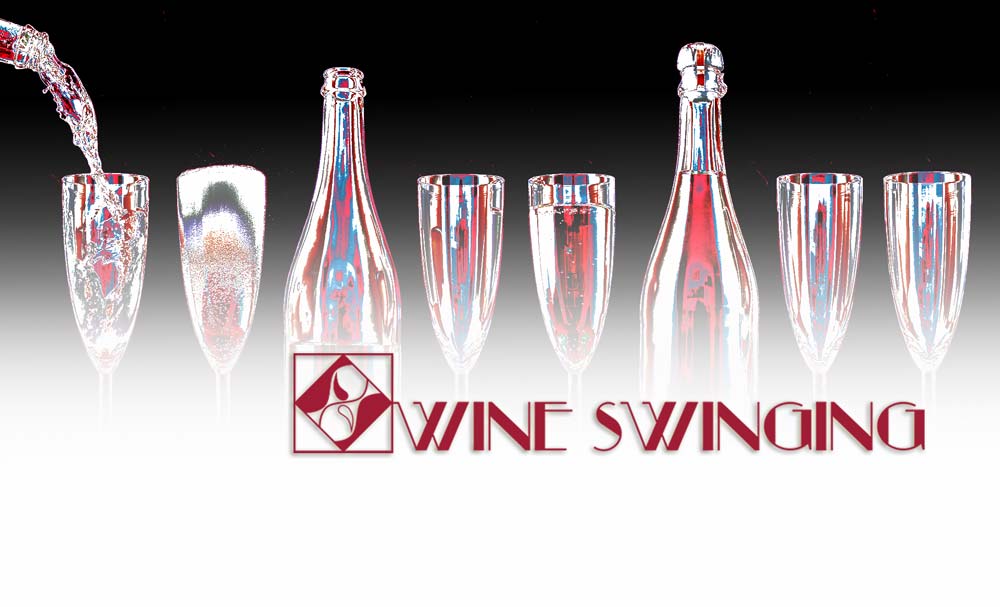Christmas is the top holiday of the year and totally deserves Franck Bonville Grand Cru Prestige Cuvée Champagne to celebrate it with.
Frank Bonville Grand Cru is so delicious that it deserves a holiday of its own. Still, there are a couple of things that qualify it as a Christmas go-to Champagne, in our view.
First, somewhat obvious is “Grand Cru” in the name, which means “best growth” and indicates that the grapes for this wine came from the best vineyard plots in the Champagne region. And Christmas deserves only the best, wouldn’t you agree?
The less obvious that it’s “Blanc de Blancs” Champagne, meaning that it’s made from Chardonnay grapes only. “Blanc de Blancs” translates from French as “white of whites” and pairs best with the “White Christmas” song.
Franck Bonville Champagne House Story
This Champagne house story started in 1900 when Alfred Bonville purchased a vineyard that was destroyed a few years prior by phylloxera.
In 1937 Alfred with his son Franck purchased a winegrower’s house in the center of Avize village. It came with the 19th-century cellar, oak barrels, and wine press. After World War II, Franck enlarged his estate in the Aviz Grand Cru area and started to produce cuvées in his name in 1945.
Today, Olivier is the fourth generation of winegrowers of Franck Bonville Champagne House. A lot has changed since his grandpa Franck release the first cuvée, including state of the art winemaking technology and sustainable agriculture. All reflected in the quality of Champagne we tasted.
In the Bottle of Franck Bonville Grand Cru Prestige Cuvée
There are three levels of quality (“growth”) of grapes that all Champagnes are made of. Prestige Cuvée made from “Grand Cru” grapes – the highest quality fruit of Champagne region.
Winemaker blended 2014 and 2016 vintages because, in his view, they perfectly complement each other. The dosage is 9,17 g/L to balance the naturally high acidity of the wine. Dosage (a mixture of pure cane sugar and old Champagne wine) is usually added after the disgorgement (sediment removal) process. This bottle was disgorged in May of 2020 and tasted perfect 8 months later.
In a Glass of Franck Bonville Grand Cru Prestige Cuvée
Let’s talk bubbles first. Bubbles the reason we love Champagne, and they are the first sign of quality.
We stretched the enjoyment of this bottle for a couple of hours, and the bubbles kept coming up in an orderly fashion from the bottom of the glass to the top with whispering pops. With every sip, mousse created a silky-fine sensation in the mouth, one of the best in 2020.
Typically, Champagne is more subtle on the nose, and you have to hunt for the scents by sticking your nose in the glass. This was hardly the case for Prestige Cuvée. It had some of the most intense aromas we smelled in Champagne.
The hallmark brioche aromas were rather a canvas than the main feature. We sensed caramelized apple, caramel toffee, sweet vanilla, and bread crust.
Thanks to skillful dosage, it had a perfect balance between sourness and sweetness. The lemon flavor is something that’s expected in Champagne. We must say that Prestige tasted like the ripest lemon from the tree. If you ever had a really ripe lemon, you’ll recognize it. Lucky for us, we did.
Wait, there’s more. We also tasted the yellow apple, apple bread pudding, and creamy apple butter.
The finish was long, delightful, and filled with toasted brioche.
Finish
We think by now, you realized that we liked Franck Bonville Grand Cru Prestige Cuvée. Actually, we would love to pop another one as we are writing this review. Well, maybe later.
Top-quality fruit, skillful winemaking, “Champagne” and “Grand Cru” – all come with a hefty price tag. But is it worth $65 when you can buy Champagne for $40 and even $30? We say yes.
We can write a couple of pages explaining why Champagne and Grand Cru, in particular, are more expensive. To sum it up, it has to do with the mysterious French term terroir, or, simply put, location, location, location. Grand Cru vineyards have the best sun exposure in the cool-climate Champagne region, and grapes do love their sun. I hope my French friends-winemakers will forgive me that I didn’t write ten pages on soil, slopes, etc., etc., etc.
We say yes, it’s worth $65 for a different reason. Experientially, we tasted so much Champagne that we could tell the difference even without comparing it side-by-side with lesser bottles. From the first sniff and sip, it’s was apparent that it’s a different ball game. The aroma was more intense, and the palate was more decadent than any “pedestrian” Champagne. The mousse is silky smooth, and the sweetness to acidity balance is immaculate. We’re drooling already.
Is it overpriced because it’s a Grand Cru? Probably. Still, it beats $40 Champagne any day of the week. Try it and share your thoughts with us.
Keep following us for more professional and non-sponsored reviews on our website by subscribing to our email list. You can also find us on social media and YouTube channel.




